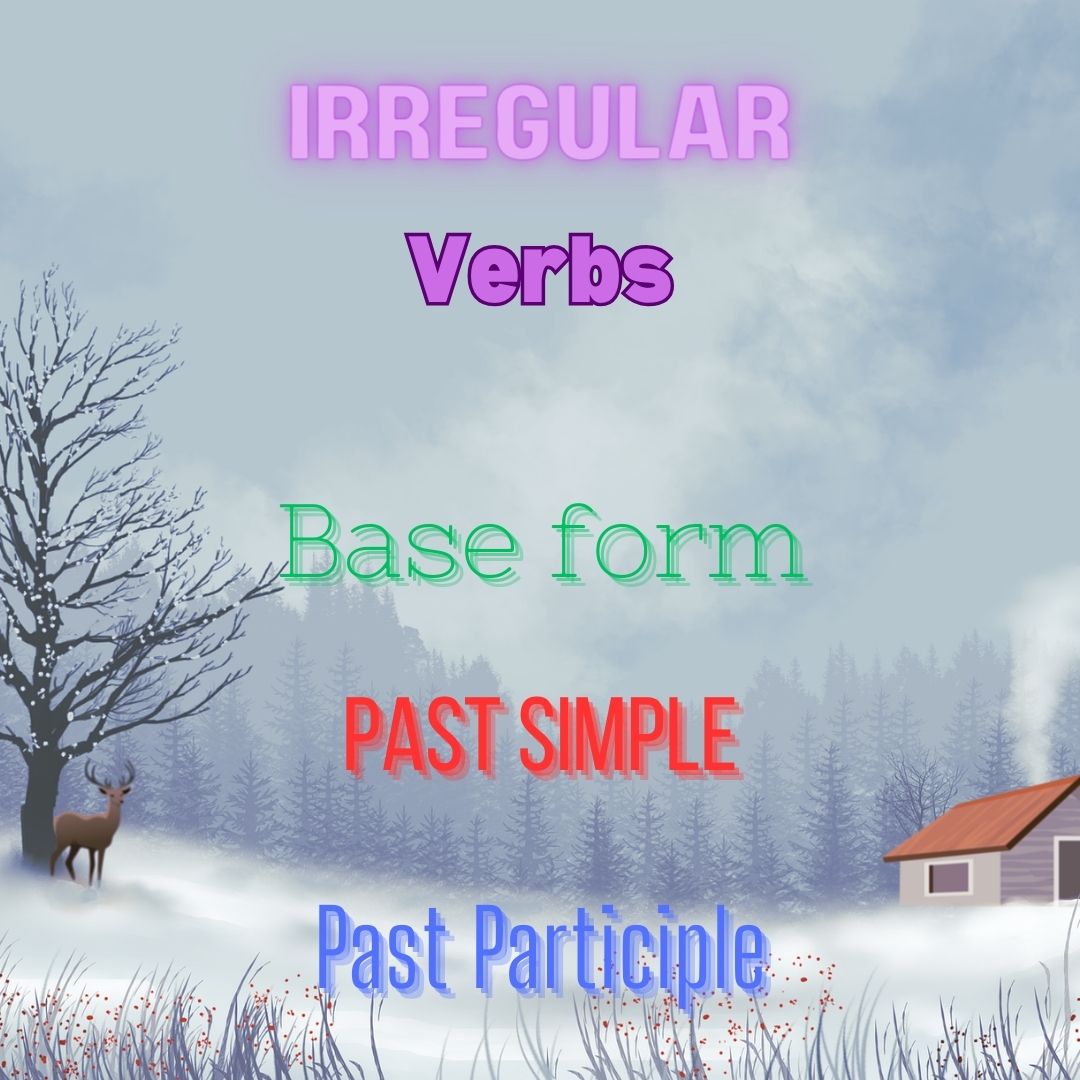Tag: verbs

Verbs followed by Infinitives
An Infinitive = to + the simple verb form (to walk, to study, to be, to do, etc.) Some verbs are followed by an infinitive (like to eat, agree to help, etc.) In negative forms, do not precede the infinitive (promise not to go, decide not to be late, etc.)

Verbs followed by Gerunds
Examples: I enjoy playing. I don’t mind getting up early. It has not stopped raining. My friends and I suggested going to the cinema. Keep doing morning exercises every day!

Adverb Exercises
Adverbs are versatile words that modify verbs, adjectives, or other adverbs, providing more information about how, when, where, or to what extent an action is performed. Adverbs can appear in various positions within a sentence, depending on the emphasis or context. They often come before or after the verb they modify, but they can also be found at the beginning or end of a sentence.

Table of Irregular Verbs
Verbs in English can be classified into two main categories: regular verbs and irregular verbs. These categories are based on how the verbs change their forms to indicate tense, aspect, and agreement with the subject. Let's look up each category with examples:

Parallelism in English Grammar
In English grammar, the phenomenon where similar or parallel elements within a sentence are presented with a balanced and harmonious structure is called parallelism. It involves using the same grammatical form or structure for items in a list, a series, or a comparison to enhance clarity, coherence, and overall readability.